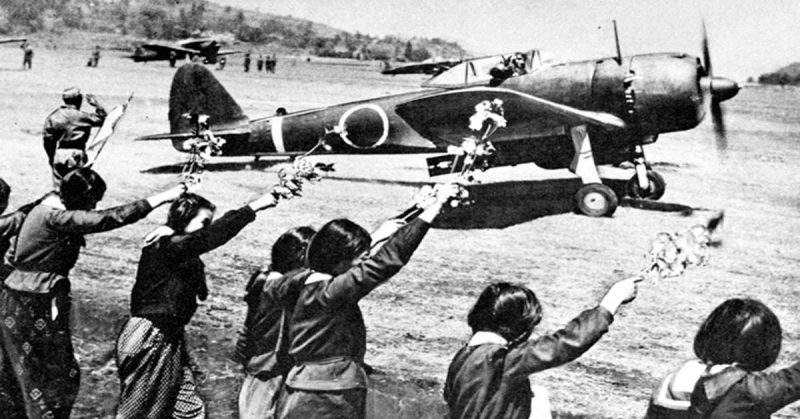A major turning point in the Second World War was the Japanese attack on Pearl Harbor. Not only did December 7th, 1941 see the death of 2403 Americans, but it marked a new chapter in the war – the United States joined the fight immediately after the Japanese assault.
The ensuing conflict between America and Japan led to numerous innovations in tactics and technology, but one strategical development stands out in particular: Kamikaze attacks. Of course, the infamous suicide missions carried out by Japanese pilots weren’t enough to defeat the US.
Still, here are five facts about one of the most deadly military strategies used during the Second World War.
“Kamikaze” Means “Divine Wind.”
The word Kamikaze translates literally as “Divine Wind”. Though the phrase is now associated primarily with the deadly suicide pilots of the Second World War, its origin is much older. In fact, the concept of the Divine Wind comes from a 13th Century typhoon that wrecked a Mongolian fleet, saving Japan from an imminent invasion.
It was seen at the time as the work of the gods, who had heard and answered the prayers of the Japanese Emperor.
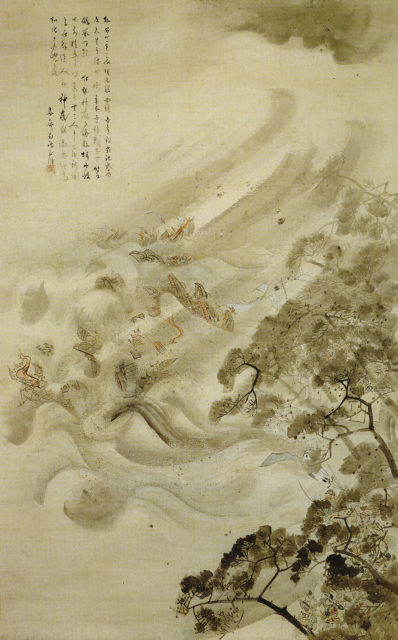
Most Kamikaze Attacks Missed Their Target
Incredibly, despite the immense sacrifice involved, it’s estimated that only 14% to 19% of Kamikaze aircraft succeeded in hitting their targets. Many were shot down before they could get close to the ships they were attempting to damage, while others missed through the pilots’ error.
Even with this poor success rate, however, the Kamikaze pilots were still able to earn themselves a place in history as one of Japan’s most dangerous weapons from the Second World War. Throughout the conflict, at least 47 Allied ships were sunk by Kamikaze fighters, while a further 300 were seriously damaged.
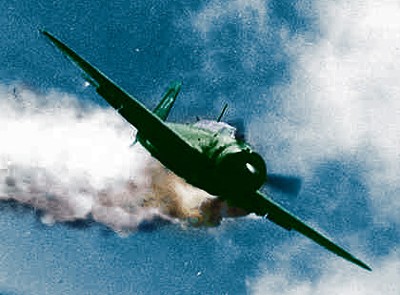
Masafumi Arima Invented The Kamikaze Strategy
One man, in particular, is credited with inventing the tactic of Kamikaze attacks. Masafumi Arima was a pilot himself, and an Imperial Japanese Navy Admiral in the Second World War. Apparently, before an attack on a US aircraft carrier, he took off all symbols and insignia of his rank and informed the men under his command that he did not intend to come back alive.
While some historians claim that he didn’t actually hit his target – no damage was reported on any American ships in the area that day – he was never seen again. Following his apparent death, Arima was given the rank of vice admiral.
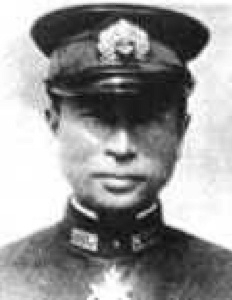
Suicidal Banzai Charges Predate Kamikaze Attacks
While the suicidal attack strategy in the Second World War has become associated with the Kamikaze pilots, in particular, there was actually an earlier precedent than Masafumi Arima’s final mission. The last-resort Banzai charges on the Marshall and the Gilbert Islands had already exhibited the Japanese soldiers’ willingness to face certain death for their nation.
Allied fighters named the action the “Banzai Charge” after they heard their enemies shouting “Tenno Heika Banzai” – marking their allegiance to the emperor as they rushed to meet their fate. The suicide charge proved to be effective, and in one instance left roughly 1000 US Marines dead after a single charge.
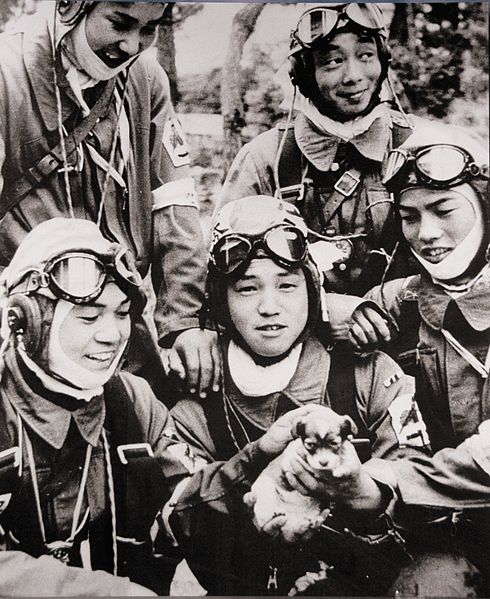
Young Kamikaze Pilots Only Had 40 Hours Of Training
At the outset of the Second World War, Japanese pilots could often receive up to 500 hours of training. On top of this, many of the men already flying by the time war broke out were older and more experienced, with many years in the air already behind them. The Kamikaze pilots, on the other hand, were usually much younger, since older men were needed to train the new recruits.
In fact, most of those flying suicide missions were under the age of 24 and, on average, received only 40 to 50 hours of training. Though they were usually escorted to their targets by more experienced pilots, it still seems an incredibly small amount of preparation before such a momentous task.
These five facts only scrape the surface of the Kamikaze tradition and tactics. Dying with honor has long been a strong cultural narrative in Japan, and the suicide attacks of the Second World War can be seen as a continuation of that. Even though they often missed their targets and failed to turn the tide in Japan’s favour, the Kamikaze pilots remain a dark and fascinating topic.
